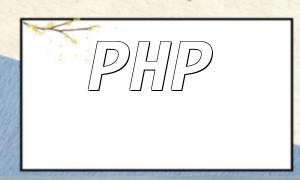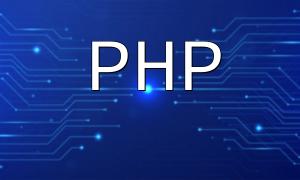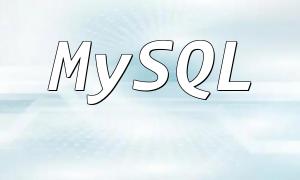With the rapid growth of e-commerce, an increasing number of businesses are choosing to set up online stores. Product management systems, as one of the core functionalities of e-commerce platforms, play a crucial role. This article will guide you on how to develop an efficient and feature-rich mall product management system using PHP, helping businesses better manage their products, optimize inventory, and improve order processing efficiency.
Before developing a mall product management system, it's important to define the functional requirements. Common features include product CRUD operations (Create, Read, Update, Delete), product category management, inventory monitoring, and order management. Based on the specific needs of the business, you can further extend and enhance the system's features to adapt to different business scenarios.
The stability and efficiency of the mall product management system depend on a well-designed database. You can use MySQL or other relational database management systems to store product information, category data, inventory records, and order details. When designing the database, you need to consider the relationships between tables, the rationality of fields, and data normalization. Ensure that the database is optimized for fast queries and scalability, and also write scripts to automatically create the necessary database tables during system deployment.
A robust and efficient system architecture is essential for ensuring the smooth operation of the mall management system. We recommend using the MVC (Model-View-Controller) architecture to structure the system. By dividing the system into three main components—model (handles database interaction), view (handles data presentation), and controller (handles user requests and orchestrates model-view interaction)—MVC architecture ensures high cohesion and low coupling, which makes maintenance and scalability easier in the future.
To enhance user experience, front-end design and development are key. We can use HTML, CSS, and JavaScript to create intuitive and user-friendly pages. The layout design should follow best practices in user experience, ensuring that pages load quickly and are accessible. Additionally, aesthetic elements should be included to improve the overall visual appeal, providing users with a seamless and enjoyable interaction with the product management system.
The back-end logic forms the heart of the mall product management system. PHP, as the back-end programming language, can efficiently handle business logic such as product management (adding, editing, deleting products), category management, inventory control, and order processing. When writing back-end code, it's recommended to use object-oriented programming (OOP) principles and follow coding standards and design patterns to ensure the code is maintainable and scalable.
Once the system is developed, comprehensive testing is crucial to ensure its stability and security. Unit tests and integration tests can be conducted to verify the functionality and identify potential errors or vulnerabilities. For deployment, choose an appropriate server environment, optimize system performance, and implement security measures to ensure the system runs smoothly in a production environment.
By following the detailed explanation in this article, you should now understand the basic processes and technical points involved in developing a mall product management system using PHP. From database design and system architecture to front-end and back-end development, and finally testing and deployment, each step needs to be carefully considered and executed. We hope this guide will help you in your e-commerce project development and that you can further optimize and extend the system's features in your practical applications.









